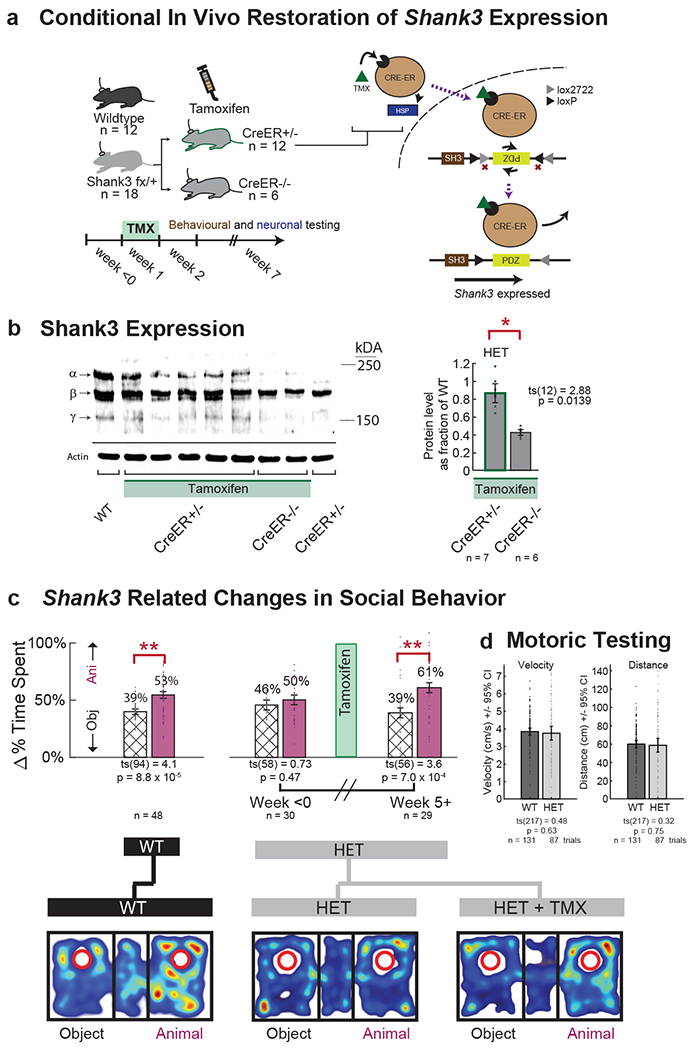Fig. 4. Increase in Shank3 expression is associated with increased sociability.

a. Tamoxifen (TMX) was used to activate CreER function and therefore provide temporal control of Shank3 expression in the Shank3fx/+:CreER+/− (HET) mice. Neuronal and behavioral evaluations were performed before and after the administration of TMX. See Supplementary Table 1 for additional detail on all the genetic constructs and conditions tested as well as Extended Data Fig. 1a for additional description of the Cre-lox system. b. Shank3 expression was quantified via synaptosome preparation and Western blot in the Shank3fx/+:CreER+/− (i.e., HET) and Shank3fx/+:CreER−/− (i.e., control) mice. Heterozygous knockin of Shank3 primarily affected the putative SHANK3 α and γ isoforms and, to a lesser extent, the β isoform (see Methods). After administration of TMX, the Shank3fx/+: CreER+/− but not CreER−/− constructs demonstrated SHANK3 protein levels comparable to those of WT (left). Error bars represent standard error of the mean, with a protein level of 1.0 representing WT. See Source Data Fig. 1 for the full unprocessed Western blot. c. Behavioral testing for sociability was performed using a standard three-chamber enclosure, wherein mice were presented with a novel animal (purple) vs. novel inanimate object (hash). Error bars represent the standard error of the mean. Below are heatmaps of representative trials. Significances are displayed by two-sample t-tests (** p < 1 × 10−3). n = 48, 30, and 29 three-chamber trials from n = 28 WT, n = 18 HET, and n = 18 HET + TMX mice, respectively d. HET mice did not exhibit impaired motoric behavior, as assessed by velocity or distribution of distances traveled. Here, n = 131 and 87 trials were assessed from n = 28 WT and n = 18 HET mice, respectively.
